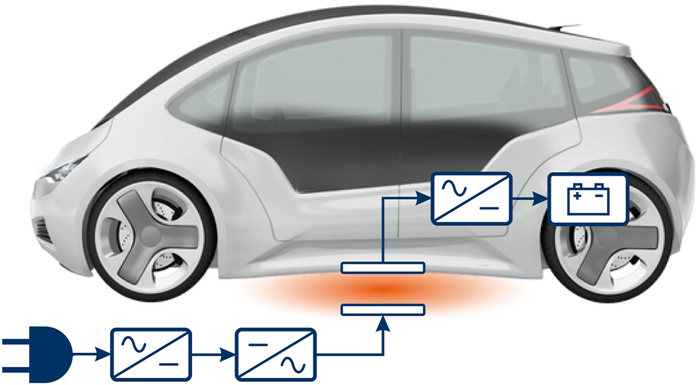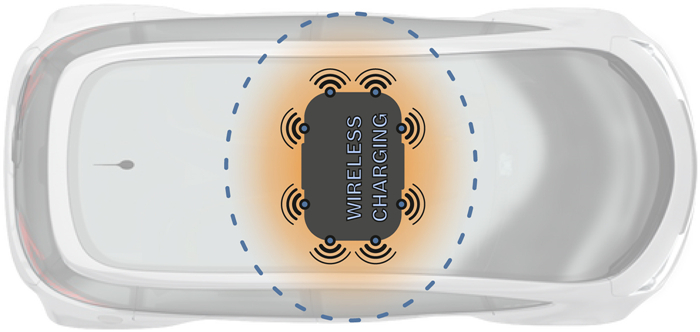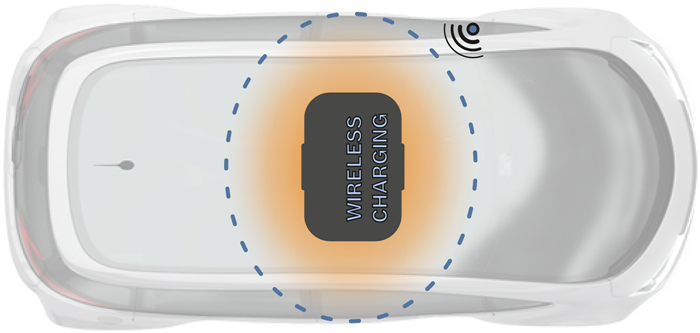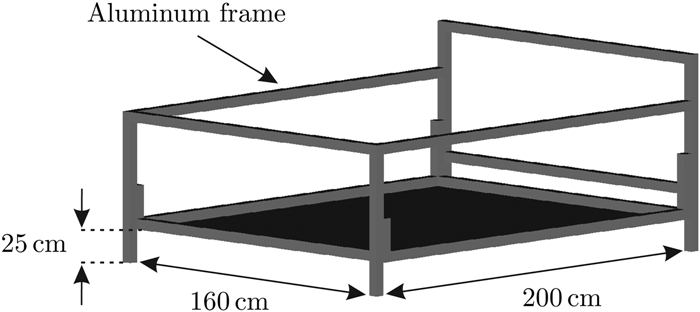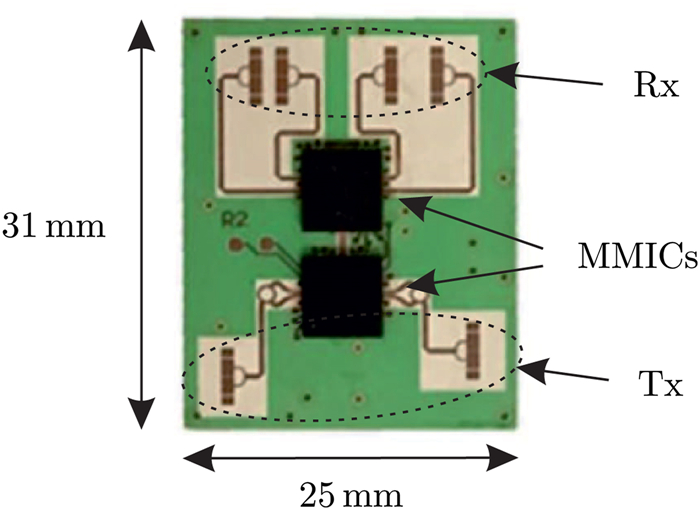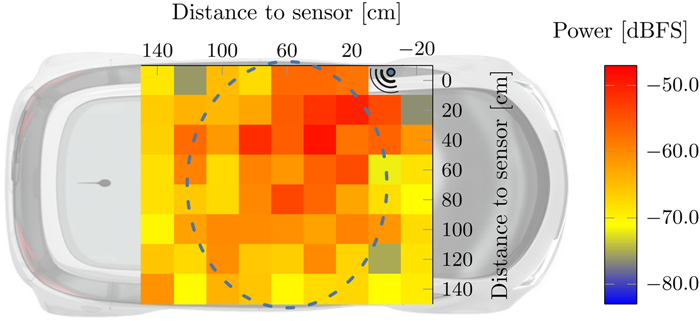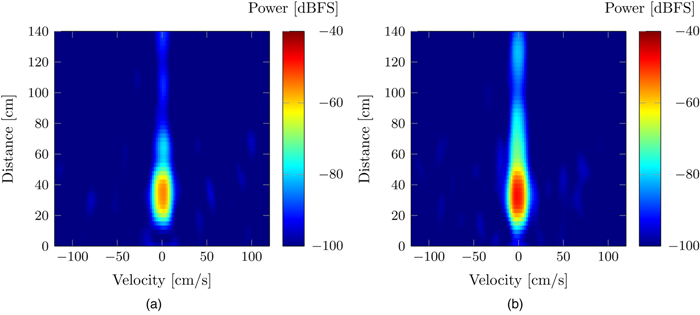Radar-based living object protection for inductive charging of electric vehicles using two-dimensional signal processing
-
1.
Robert Bosch GmbH, Corporate Sector Research and Advance Engineering, Robert-Bosch-Campus 1, Renningen 71272, Germany. Phone: +49 711 811 10884
-
2.
Ruhr-Universität Bochum, Chair of Digital Communication Systems, Universitätsstraße 150, Bochum 44801, Germany
More Information
-
Author Bio:
 Tim Poguntke
Tim Poguntke was born in überlingen, Germany, in 1989. He received a B.Sc. and a M.Sc. degree in Electrical Engineering and Information Technology from Ruhr-Universität Bochum, Germany, in 2012 and 2014, respectively. Currently, he is a Ph.D. student at Corporate Sector Research and Advance Engineering of Robert Bosch GmbH, Renningen, Germany. His research interests include time-variant system theory, digital signal processing, and radar technology.
 Philipp Schumann
Philipp Schumann was born in Kronberg, Germany, in 1975. He received his Diploma in Physics and his Ph.D. in Natural Sciences in 2001 and 2006, respectively, both from the University of Mainz, Mainz, Germany. From 2005 to 2012, he served as a firmware developer and group manager at FARO Scanner Production GmbH, Korntal-Münchingen, Germany. Currently, he is senior manager in the field of “Charging Systems and Infrastructure” within the Corporate Sector Research and Advance Engineering of Robert Bosch GmbH, Renningen, Germany.
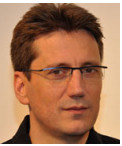 Karlheinz Ochs
Karlheinz Ochs was born in Lingen, Germany, in 1968. He received the Dipl.-Ing. degree and the Dr.-Ing. degree in Electrical Engineering in 1996 and 2001, respectively, both from the University of Paderborn, Paderborn, Germany. From 2001 to 2002, he was a Design Engineer in the Technology and Development Center, Siemens AG, Bruchsal, Germany. Currently, he is an Associate Professor in the Department of Electrical Engineering and Information Technology at the Ruhr-Universität Bochum, Bochum, Germany. His research interests include modeling, simulation, and emulation of physical systems and neuromorphic circuits
-
Corresponding author:
T. Poguntke Email: tim.poguntke@de.bosch.com
-
Abstract
As battery capacities become suitable for the mass market, there is an increasing demand on technologies to charge electric vehicles. Wireless charging is regarded as the most promising technique for automatic and convenient charging. Especially in publicly accessible parking spaces, foreign objects are able to enter the large air gap between the charging coils easily. Since the evoked magnetic field does not meet regulations, wireless charging systems are demanded to take further precautions related to the protection of endangered objects. Thus, additional sensors are required to protect primarily living objects by preventing them from being exposed to the magnetic field. In this paper, we propose a new approach for monitoring the air gap under the vehicle underbody using an automotive radar sensor on the vehicle side. The concept feasibility is evaluated with the help of a prototypical implementation. Further, two-dimensional signal processing techniques are applied to meet the requirements of inductive charging systems. Consequently, this paper provides measurement data for relevant use cases frequently discussed in the community of inductive charging.
-
About this article
Cite this article
Poguntke T, Schumann P, Ochs K. 2017. Radar-based living object protection for inductive charging of electric vehicles using two-dimensional signal processing. Wireless Power Transfer 4(2): 88-97 doi: 10.1017/wpt.2017.7
|
Poguntke T, Schumann P, Ochs K. 2017. Radar-based living object protection for inductive charging of electric vehicles using two-dimensional signal processing. Wireless Power Transfer 4(2): 88-97 doi: 10.1017/wpt.2017.7
|



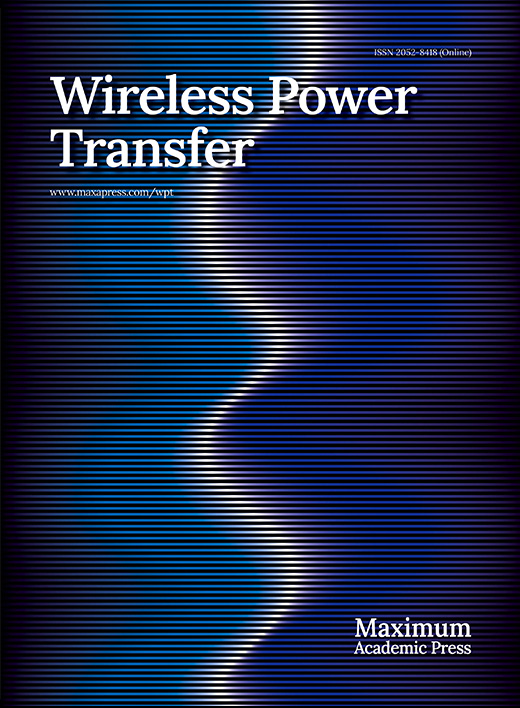






 Tim Poguntke was born in überlingen, Germany, in 1989. He received a B.Sc. and a M.Sc. degree in Electrical Engineering and Information Technology from Ruhr-Universität Bochum, Germany, in 2012 and 2014, respectively. Currently, he is a Ph.D. student at Corporate Sector Research and Advance Engineering of Robert Bosch GmbH, Renningen, Germany. His research interests include time-variant system theory, digital signal processing, and radar technology.
Tim Poguntke was born in überlingen, Germany, in 1989. He received a B.Sc. and a M.Sc. degree in Electrical Engineering and Information Technology from Ruhr-Universität Bochum, Germany, in 2012 and 2014, respectively. Currently, he is a Ph.D. student at Corporate Sector Research and Advance Engineering of Robert Bosch GmbH, Renningen, Germany. His research interests include time-variant system theory, digital signal processing, and radar technology.  Philipp Schumann was born in Kronberg, Germany, in 1975. He received his Diploma in Physics and his Ph.D. in Natural Sciences in 2001 and 2006, respectively, both from the University of Mainz, Mainz, Germany. From 2005 to 2012, he served as a firmware developer and group manager at FARO Scanner Production GmbH, Korntal-Münchingen, Germany. Currently, he is senior manager in the field of “Charging Systems and Infrastructure” within the Corporate Sector Research and Advance Engineering of Robert Bosch GmbH, Renningen, Germany.
Philipp Schumann was born in Kronberg, Germany, in 1975. He received his Diploma in Physics and his Ph.D. in Natural Sciences in 2001 and 2006, respectively, both from the University of Mainz, Mainz, Germany. From 2005 to 2012, he served as a firmware developer and group manager at FARO Scanner Production GmbH, Korntal-Münchingen, Germany. Currently, he is senior manager in the field of “Charging Systems and Infrastructure” within the Corporate Sector Research and Advance Engineering of Robert Bosch GmbH, Renningen, Germany.  Karlheinz Ochs was born in Lingen, Germany, in 1968. He received the Dipl.-Ing. degree and the Dr.-Ing. degree in Electrical Engineering in 1996 and 2001, respectively, both from the University of Paderborn, Paderborn, Germany. From 2001 to 2002, he was a Design Engineer in the Technology and Development Center, Siemens AG, Bruchsal, Germany. Currently, he is an Associate Professor in the Department of Electrical Engineering and Information Technology at the Ruhr-Universität Bochum, Bochum, Germany. His research interests include modeling, simulation, and emulation of physical systems and neuromorphic circuits
Karlheinz Ochs was born in Lingen, Germany, in 1968. He received the Dipl.-Ing. degree and the Dr.-Ing. degree in Electrical Engineering in 1996 and 2001, respectively, both from the University of Paderborn, Paderborn, Germany. From 2001 to 2002, he was a Design Engineer in the Technology and Development Center, Siemens AG, Bruchsal, Germany. Currently, he is an Associate Professor in the Department of Electrical Engineering and Information Technology at the Ruhr-Universität Bochum, Bochum, Germany. His research interests include modeling, simulation, and emulation of physical systems and neuromorphic circuits 


